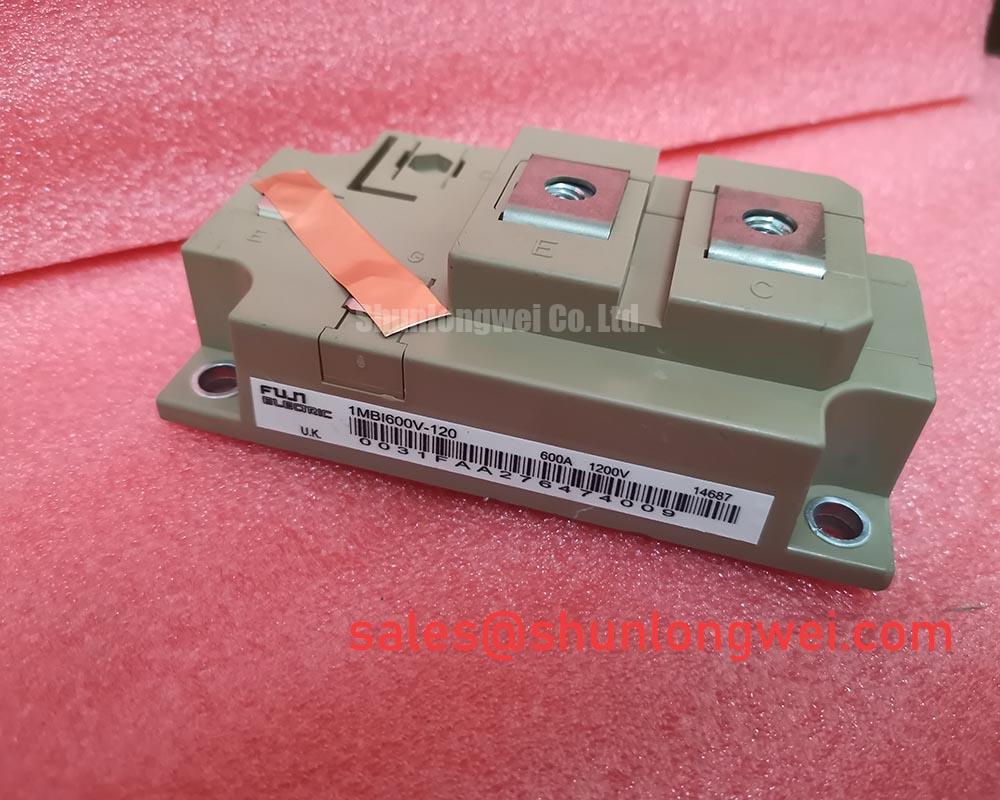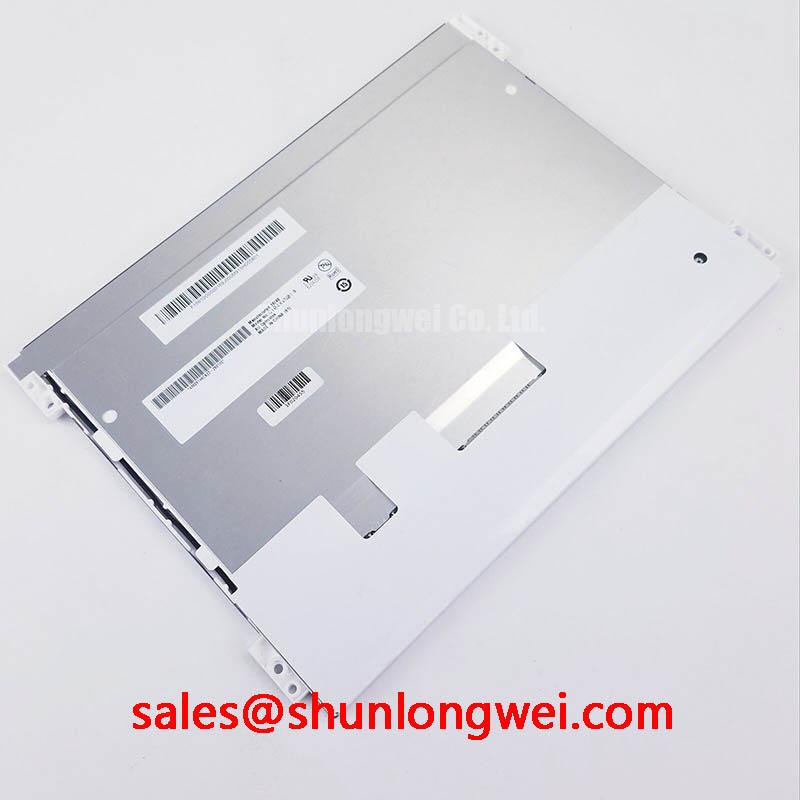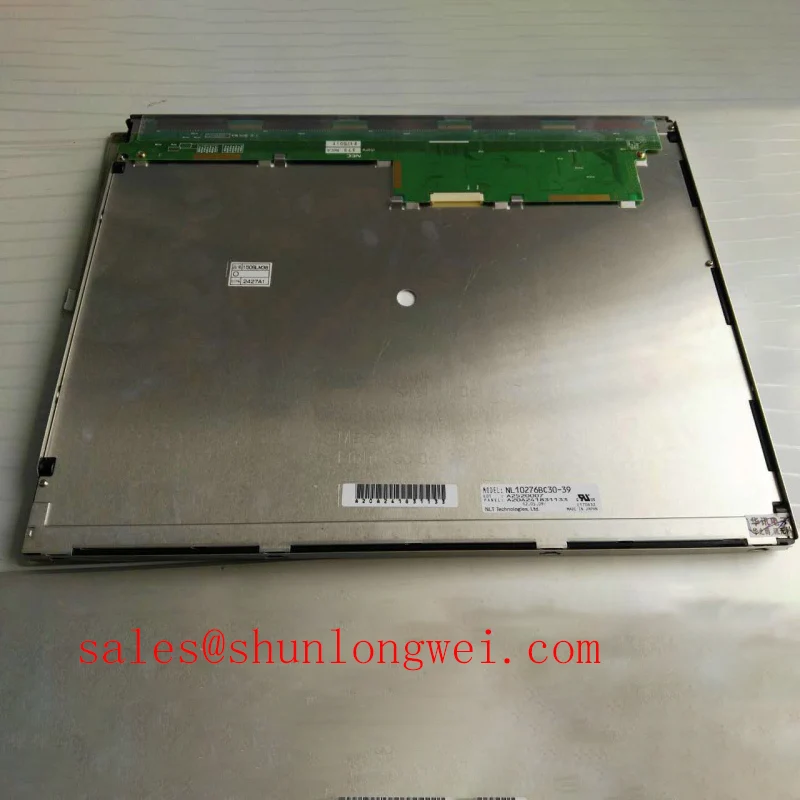DMF-50174ZNB-FW-BCN: Engineering Analysis of a 240x128 FSTN Graphic LCD Module
An Industrial-Grade Display Engineered for Integration and Clarity
Content last revised on October 16, 2025.
Engineered for streamlined integration into industrial controls and medical devices, the Kyocera DMF-50174ZNB-FW-BCN is a 240x128 FSTN monochrome graphic display module that leverages the industry-standard T6963C controller for accelerated development. This module delivers exceptional visual performance with key specifications of 240x128 Resolution | FSTN Negative Display | Integrated T6963C Controller. Its primary engineering benefits include significantly simplified software development and high-contrast clarity for critical data visualization. By incorporating a well-documented controller, this display provides a direct-drive interface compatible with most 8-bit microcontrollers, simplifying the hardware architecture for new and legacy panel designs. For embedded systems requiring a clear, reliable monochrome graphic display with a proven controller, the DMF-50174ZNB-FW-BCN offers a direct and efficient path to production.
Key Parameter Overview
Decoding the Specifications for System Integration
The technical specifications of the DMF-50174ZNB-FW-BCN are tailored for performance and reliability in professional environments. The table below outlines critical parameters and their direct engineering implications for your design process.
| Specification | Value | Engineering Implication |
|---|---|---|
| Display Technology | FSTN (Film-compensated Super-twisted Nematic), Negative Mode | Delivers a high-contrast, black-and-white visual experience (white pixels on a dark background). The film compensation provides a wider, more stable viewing angle and superior sharpness compared to standard STN displays, reducing operator eye strain in HMI applications. |
| Resolution | 240 x 128 Dots | Provides sufficient pixel density for rendering detailed text, custom character sets, and basic graphical elements like waveforms or schematics. Ideal for information-centric devices where clarity is paramount. |
| Onboard Controller | T6963C or compatible | This is a cornerstone feature. The T6963C is a highly integrated controller that manages the display RAM, character generation, and graphic functions. It offloads these tasks from the host microcontroller, simplifying software and freeing up CPU resources for core application logic. |
| Backlight | White LED | Ensures bright, uniform illumination with low power consumption and a long operational lifespan compared to older CCFL backlights. The transmissive design guarantees consistent readability in a wide range of indoor lighting conditions. |
| Operating Temperature | 0°C to +50°C | Specifies reliable performance within standard industrial and commercial environments, such as factory floors, control rooms, and medical laboratories. |
| Module Dimensions | 144.0 x 87.0 x 12.7 mm | Offers a compact yet readable display area suitable for panel-mount instrumentation, test equipment, and portable diagnostic tools where physical space is a design constraint. |
Download the DMF-50174ZNB-FW-BCN datasheet for detailed specifications and performance curves.
Application Scenarios & Value
Achieving System-Level Benefits in Industrial and Medical Instrumentation
The DMF-50174ZNB-FW-BCN is purpose-built for applications where clear data presentation and development efficiency are critical. Its feature set provides tangible value in demanding professional environments.
A primary engineering scenario involves upgrading legacy industrial equipment that relies on text-based or smaller character displays. The challenge is often to introduce graphical capabilities—such as real-time process monitoring or simple diagnostic diagrams—without undertaking a costly and time-consuming redesign of the core system controller. The DMF-50174ZNB-FW-BCN directly solves this problem. Because its onboard T6963C controller is supported by extensive, publicly available code libraries and application notes, an engineering team can port their system with minimal software overhead. The controller's built-in graphic RAM and high-level command set (e.g., "draw line," "set pixel") allow for the rapid development of a modern, graphical Human-Machine Interface (HMI), enhancing the end-user experience and equipment functionality without impacting the host system's real-time performance.
Core applications include:
- Industrial Control Panels: Ideal for PLCs, process controllers, and factory automation systems requiring a clear, unambiguous display of machine status, alarms, and operational parameters.
- Test and Measurement Equipment: Used in oscilloscopes, spectrum analyzers, and network testers where numerical data and simple waveforms must be rendered with precision.
- Medical Diagnostic Devices: Suited for patient monitors, infusion pumps, and laboratory equipment that demand a reliable, high-contrast display for critical health data.
- Point-of-Sale (POS) Systems: Serves as a clear operator display for transaction details and menu navigation.
While this model is optimized for controlled indoor environments, for systems requiring functionality in more extreme conditions, the G057VN01 V2 offers a wider operational temperature range.
Frequently Asked Questions (FAQ)
Engineering Clarifications
How does the integrated T6963C controller simplify software development compared to controller-less displays?
The T6963C acts as a graphics co-processor. It manages pixel-level operations, stores the display frame in its own RAM, and includes a built-in character generator. This means the host MCU only needs to send high-level commands (e.g., "display this text at row X") instead of constantly refreshing the entire screen pixel by pixel. This drastically reduces the host's processing load and simplifies the firmware, shortening development time and enabling the use of less powerful, more cost-effective MCUs.
What is the typical interface required to connect the DMF-50174ZNB-FW-BCN to a host system?
What is the primary benefit of its interface? Simplified hardware integration with standard microcontrollers. The module uses a standard 8-bit parallel data bus, along with control lines like Read (RD), Write (WR), Chip Select (CS), and Command/Data (C/D). This interface is directly compatible with the I/O ports of a vast range of 8-bit, 16-bit, and 32-bit microcontrollers, making hardware integration a straightforward task without the need for specialized interface converters.
Technical Deep Dive
A Practical Guide to the Onboard T6963C Controller
The selection of the T6963C controller is a defining characteristic of the DMF-50174ZNB-FW-BCN, positioning it as a component focused on implementation efficiency. This controller operates as a dedicated intermediary between the host processor and the LCD glass. To understand its value, think of the T6963C as a specialized "graphics manager" for your main CPU. Instead of the main processor being burdened with the intensive task of calculating and refreshing the state of all 30,720 pixels, it delegates this work by sending concise instructions. The MCU simply says, "draw a circle here" or "put this text there," and the T6963C executes the command using its internal hardware and memory.
This architecture is crucial for maintaining real-time performance in embedded systems. With the T6963C handling the display, the host CPU is free to concentrate on its primary functions—be it managing sensor inputs, controlling motors, or executing safety logic. This separation of duties not only improves system responsiveness but also allows for more predictable performance, a non-negotiable requirement in industrial and medical applications.
An Engineer's Perspective
The Value of Proven Technology in Long-Lifecycle Systems
From a design engineering standpoint, the DMF-50174ZNB-FW-BCN represents a low-risk, high-reliability solution. In an industry often focused on the latest high-resolution color displays, this module champions the value of proven, robust technology. Its combination of a clear FSTN panel and the ubiquitous T6963C controller creates a component that is easy to source, straightforward to program, and dependable in the field. For projects with long product lifecycles, such as industrial machinery or medical instrumentation, specifying a display like this minimizes supply chain risks and ensures that the HMI will be maintainable for years to come. It is a practical, effective solution designed not for novelty, but for sustained operational performance.











